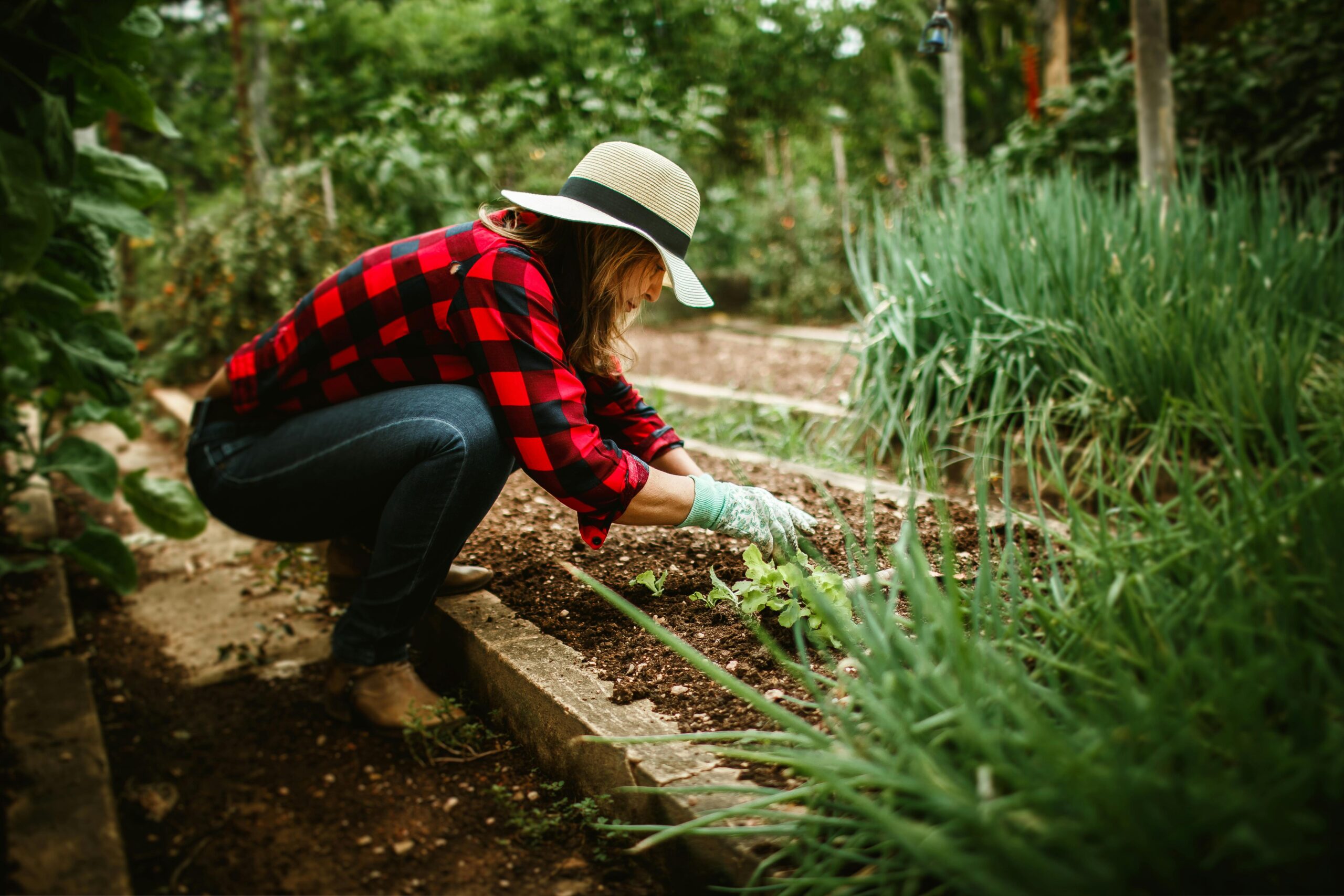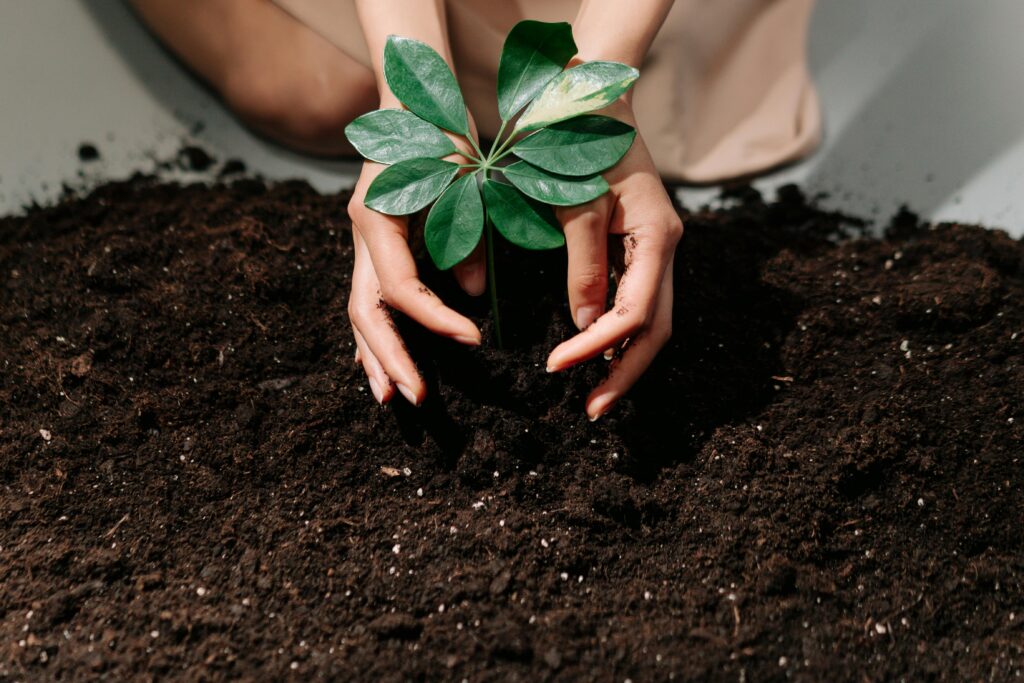
Imagine this: You’ve spent years nurturing your lawn, watching it grow through every season, only to face patchy spots and thinning grass year after year. You feel frustrated, wondering if there’s a secret to that lush, green carpet you see in magazines or in your neighbor’s yard. The truth is, the answer lies in a simple but powerful landscaping practice called seeding , a game-changer for homeowners who want to breathe new life into their outdoor spaces.
Seeding, in the context of lawn care, is more than just scattering grass seeds on soil. It’s a strategic process that, when paired with aerating, sets the stage for a healthier, denser, and more vibrant lawn. This dynamic duo of aerating and seeding revitalizes tired, compacted lawns, giving them the nutrients, oxygen, and new growth they desperately need to flourish.
In this comprehensive guide, you’ll discover everything you need to know about seeding your yard successfully. We’ll begin by demystifying what seeding really involves and why it’s so crucial after aeration. You’ll learn about the best types of grass seed for different climates and soil types, how to prepare your lawn for seeding, and the ideal timing for sowing. Moreover, we’ll share insider tips on watering routines and lawn care practices that ensure your seeds grow strong and healthy.
By the end of this article, you’ll be equipped with expert advice to transform your yard into a lush oasis that not only looks stunning but also endures the challenges of weather and wear. Whether you’re a gardening newbie or a seasoned lawn enthusiast, understanding the art and science of seeding combined with aerating will empower you to achieve lasting results that make your outdoor space the envy of your neighborhood.
If you’ve been searching for a practical, effective way to tackle lawn problems and create a thriving yard, this guide on seeding is your first step to success. Let’s dive in and uncover how simple actions, like aerating your soil and planting the right seeds, can make all the difference in cultivating a lawn that grows greener, stronger, and more beautiful every season.
Why Seeding Is More Important Than You Think
When it comes to giving your yard a fresh start, many homeowners focus on aeration alone and overlook the critical role of seeding. But what exactly is seeding, and why is it indispensable in the process of lawn revitalization?
Seeding, often referred to as overseeding when applied over existing grass, is the process of planting new grass seeds directly into the soil or onto your current lawn. The goal is simple yet powerful: to fill in bare patches, increase turf density, and introduce fresh, vigorous grass varieties that enhance your yard’s overall health and appearance.
Why does this matter so much? Let’s consider the science behind it. Over time, lawns can suffer from thinning due to foot traffic, pests, disease, or environmental stressors such as drought and extreme temperatures. According to studies by the Turfgrass Producers International (TPI), overseeding can improve lawn density by up to 70%, effectively reducing weed invasion and minimizing soil erosion.
In practical terms, this means that seeding acts like a natural reset button for your yard. It breathes new life into tired, patchy areas where the grass has lost its strength. By dispersing new seeds, you provide your lawn with an opportunity to restore itself, creating a thick, lush carpet of grass that is more resistant to future damage.
Take, for example, Mark, a homeowner from Ohio, who after years of battling thin grass and persistent weeds, decided to combine aeration with seeding last fall. After following a seeding schedule tailored to his lawn’s needs, he noticed a dramatic transformation within just a few months. His once patchy yard turned into a vibrant, green space thriving with healthy grass, enhancing his home’s curb appeal and increasing its value.
In summary, seeding is far more than just scattering grass seeds across your lawn. It’s a strategic step vital to lawn restoration that, when done carefully and in conjunction with aeration, sets the foundation for a stronger, more beautiful yard that lasts through the seasons. Understanding and implementing seeding correctly can save you time, money, and effort in your lawn care routine, and yield a yard you can truly be proud of.
Tips for Effective Seeding in Your Aerating and Seeding Routine: 🌱
✅ Prepare the soil well: Before seeding, ensure your lawn is properly aerated to allow seeds to penetrate the soil easily and access nutrients.
✅ Choose the right seed type: Select grass seed that matches your climate and lawn conditions for optimal growth and durability.
✅ Time your seeding wisely: Seed during the best growing season for your grass type, typically early fall or spring, to maximize germination rates.
✅ Apply seeds evenly: Use a spreader to distribute grass seeds uniformly, avoiding clumps or bare patches for a consistent lawn look.
✅ Water consistently but gently: Maintain moist soil without overwatering; frequent light watering encourages seed germination and root development.
✅ Avoid heavy foot traffic: Keep off freshly seeded areas until grass is well established to prevent seed displacement and soil compaction.
✅ Fertilize appropriately: Use a starter fertilizer rich in phosphorus to support young seedlings and promote strong root growth.
✅ Monitor and adjust care: Regularly check your lawn’s progress and adjust watering and mowing habits to encourage healthy, lasting grass.
💡 Extra tip: Combine aerating and seeding to enhance oxygen flow to roots and improve seed-to-soil contact, leading to a more vibrant, resilient lawn.

Key Concepts of Seeding in Lawn Care
Seeding is a fundamental practice in lawn care that breathes new life into tired, patchy grass, much like a gardener planting young seedlings in a neglected garden bed. At its core, seeding is the process of distributing grass seeds over a prepared surface with the intention of establishing a lush, vibrant lawn. However, to fully appreciate its significance, it helps to unpack the deeper principles that transform a handful of tiny seeds into a thriving carpet of green.
Seeding: The Beginning of Renewal
Imagine seeding as the act of sowing hope. Each seed holds the potential for growth, representing countless possibilities for a lawn’s future health and beauty. Yet, this potential remains dormant without the right conditions and care, highlighting the delicate balance between seed, soil, and environment. The seed itself is a biological time capsule, containing embryonic leaves, roots, and a shoot nestled within a nutrient-rich coat. Its journey toward becoming a mature grass plant is one of transformation powered by moisture, temperature, and oxygen availability.
Seed-to-Soil Contact: The Silent Conversation
One of the most critical concepts in seeding is the idea of seed-to-soil contact. Picture a handshake between seed and earth, it’s this intimate embrace that ensures the seed receives adequate moisture and nutrients to awaken from dormancy. Without snug contact, seeds may lie on the surface, vulnerable to drying out or being blown away, much like a fragile message lost in the wind. The importance of this contact underscores why proper soil preparation, loosening the soil, removing debris, and leveling the surface, is indispensable for seeding success.
Germination: Nature’s Time-Lapse Magic
Germination is the secret awakening within each seed, a silent symphony where water triggers enzymatic action to break down stored food, fueling the first growth. This moment is akin to a caterpillar emerging from a chrysalis, an understated but remarkable transformation. Temperature acts as the conductor of this symphony, dictating the pace at which seeds sprout. Cool-season grasses and warm-season grasses each have their preferred windows, emphasizing that timing seeding correctly aligns the natural rhythm between seed biology and seasonal changes.
Seed Selection: The Art of Matching
Choosing the right seed species and blend is not unlike selecting players for a sports team, each variety brings unique strengths suited to different climate, soil, and use conditions. For instance, Kentucky bluegrass thrives as a lush, dense carpet in cooler climates, creating an elegant green canvas. Meanwhile, Bermuda grass conquers heat and drought with tenacity, thriving where other varieties might falter. Understanding these nuanced characteristics allows seeding to be more than mere broadcast; it becomes a tailored strategy that harmonizes with the lawn’s environment.
Seeding Density: Crafting a Crowd
Seeding is a delicate dance of numbers: too few seeds and gaps will mar the lawn’s appearance; too many and competition stifles growth as seedlings vie for limited water and nutrients. This balance creates a microcosm where every blade of grass contributes to the overall vigor. Imagine a crowded theater where the audience is packed shoulder-to-shoulder, if too dense, comfort is compromised, but at the right density, the energy is electric and thriving. Similarly, the seeding rate ensures the final lawn is both lush and sustainable.
The Relationship Between Seeding and Aeration
Seeding doesn’t occur in isolation, it is intimately connected to aeration, like two partners in a dance. Aeration relieves soil compaction, much like loosening knotted threads, creating channels for air, water, and nutrients. These new pathways invite seeds to settle deeper and root more easily. This synergy illustrates a broader principle in lawn care: that optimal outcomes often depend on layering complementary practices to create an environment where grass can flourish from seed to maturity.
Patience as a Natural Companion
Underlying all concepts of seeding is patience. Unlike instant gratification, seeding demands time and trust in natural processes. Each seed’s journey unfolds over days and weeks, a quiet testament to nature’s pace. The result, however, is a lawn that embodies resilience and growth, qualities born from the slow, often unseen work beneath the surface. In this way, seeding teaches us an elemental lesson: that true renewal is a process, not an event.
Conclusions: Seeding as a Philosophy of Growth
Ultimately, seeding in lawn care is more than a mechanical task, it is a philosophy centered on renewal, potential, and harmony with natural processes. By understanding the biology of seeds, the importance of soil contact, the timing of germination, and the necessity of appropriate seed choice and density, one gains a profound appreciation for the art and science behind a flourishing lawn. This depth of knowledge enriches the simple act of spreading seed into a meaningful gesture of transformation, heralding the promise of vibrant greenery and enduring beauty.
Frequently Asked Questions about Seeding
❓ What is seeding, and why is it important for lawn care?
Seeding is the process of planting grass seeds to fill in bare spots or thicken your lawn. It’s important because it helps create a lush, healthy yard by promoting new grass growth and improving the lawn’s overall resilience.
❓ When is the best time to seed my lawn?
The ideal time to seed your lawn is during the early fall or spring. These seasons offer optimal temperature and moisture conditions, helping seeds germinate quickly and establish strong roots for lasting results.
❓ How does seeding work with aerating my lawn?
Aerating removes small plugs of soil to reduce compaction, allowing air, water, and nutrients to reach the grassroots. When combined with seeding, aerating creates the perfect environment for seeds to settle into the soil and grow effectively.
❓ Can I seed my lawn without aerating first?
While you can seed without aerating, aeration significantly improves seed-to-soil contact and water absorption, increasing the chances of successful germination. For the best results, it’s recommended to aerate before seeding.
❓ How long does it take for new grass seeds to grow after seeding?
Grass seed germination typically occurs within 7 to 21 days, depending on the grass variety and weather conditions. With proper care, your lawn will begin to fill in and look revitalized within a few weeks after seeding.
